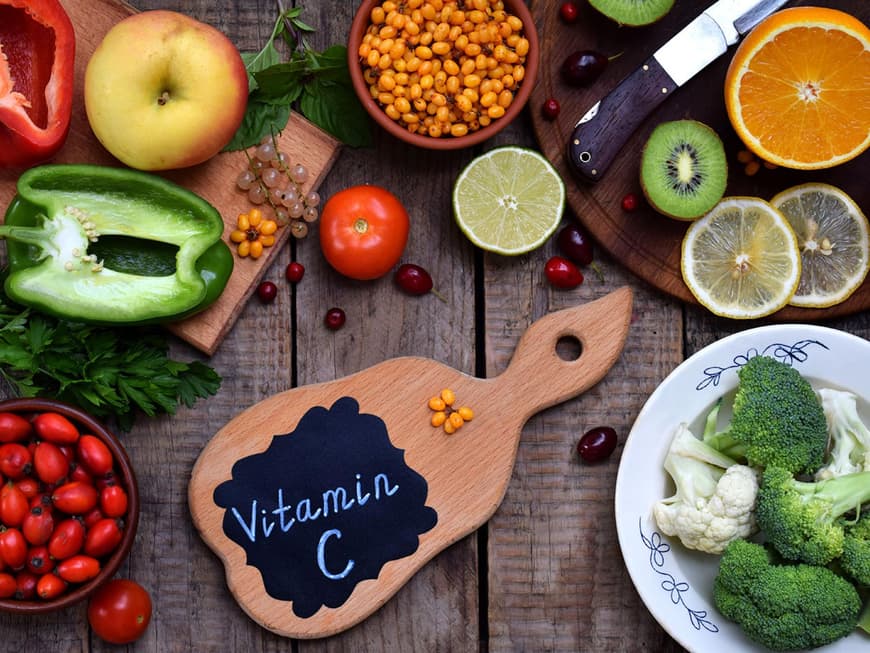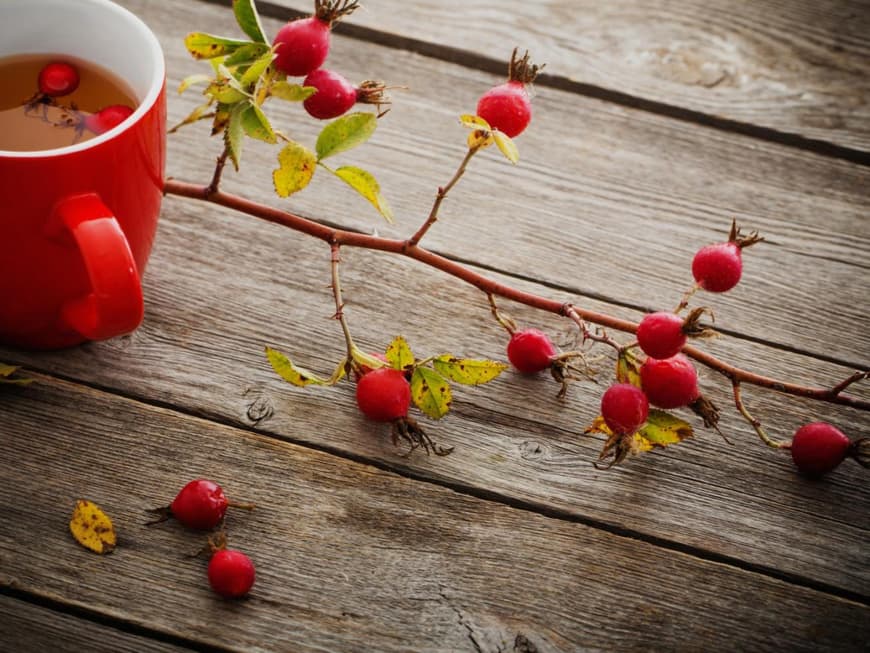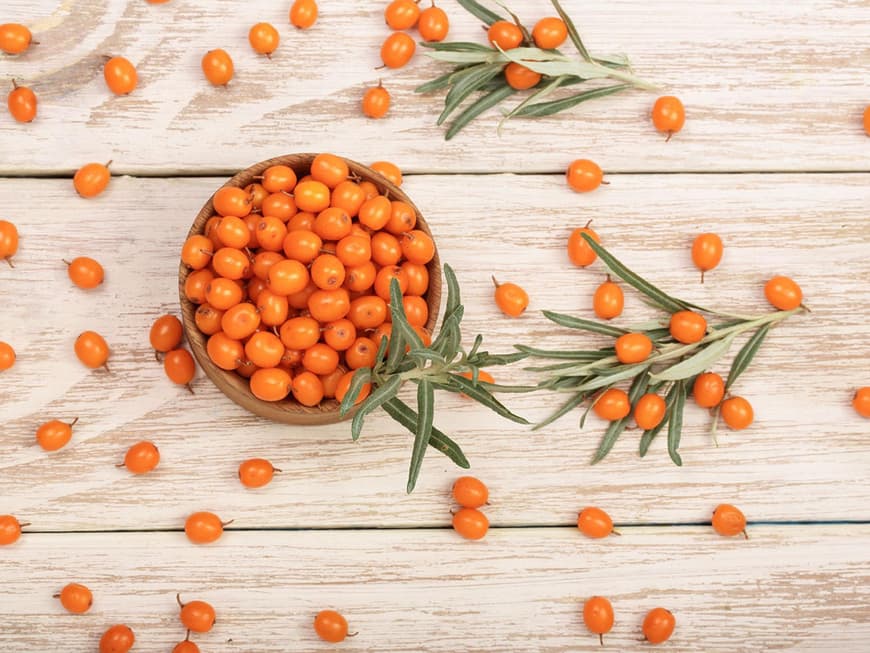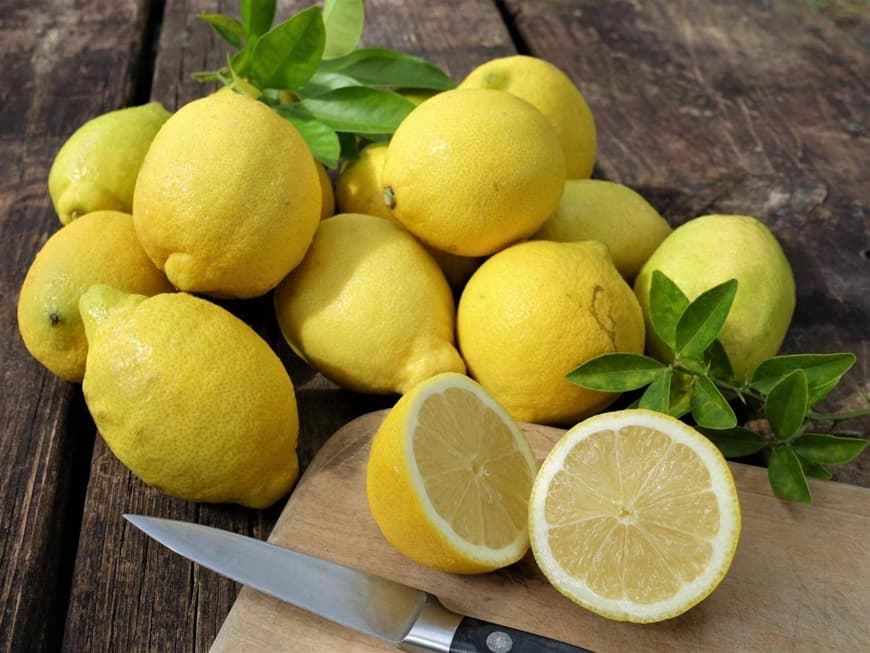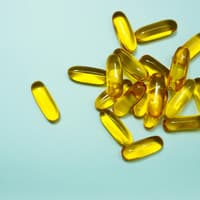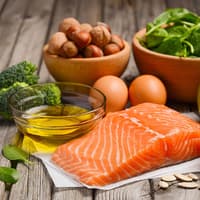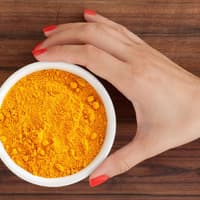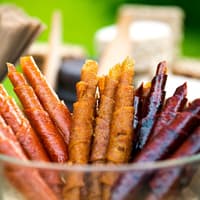Doctors recommend 100 mg a day. And these are the best sources of vitamin C per 100 grams:
Rosehip
Rosehips contain a whopping 1,250 mg. Unfortunately, you can't eat the red fruit raw - but you can make rosehip jam or tea.
Sea buckthorn
The "lemon of the north" contains 450 mg. You can't eat sea buckthorn raw either - it's too sour. But as a juice from the health food store, liqueur or jam, sea buckthorn is perfectly edible.
Red peppers
It provides 140 mg and is best eaten raw. This is because vitamin C is water-soluble and sensitive to heat. This is why peppers should only be steamed briefly and with a little water.
Broccoli
This elegant relative of cauliflower contains 115 mg. Broccoli is available in almost every supermarket at any time of year.
Brussels sprouts
They contain 112 mg. It is mainly in season in winter. Brussels sprouts are best cooked only briefly with a little water.
Kiwi
The fruit originally comes from China, but today it grows all over the world. Kiwis provide 71 mg.
Citrus fruits
They actually bring up the rear: lemons only have 51 mg, oranges 45 mg and grapefruits 41 mg of vitamin C - but they contain lots of minerals and are super healthy!
You might also be interested in this:
Our vitamin requirement - how high is it really?
How important is vitamin A for us?
Vitamin D: This is how dangerous a vitamin D deficiency is
Vegetarian wholemeal penne with broccoli, tomato and sunflower cream
Baked pollock with paprika vegetables

